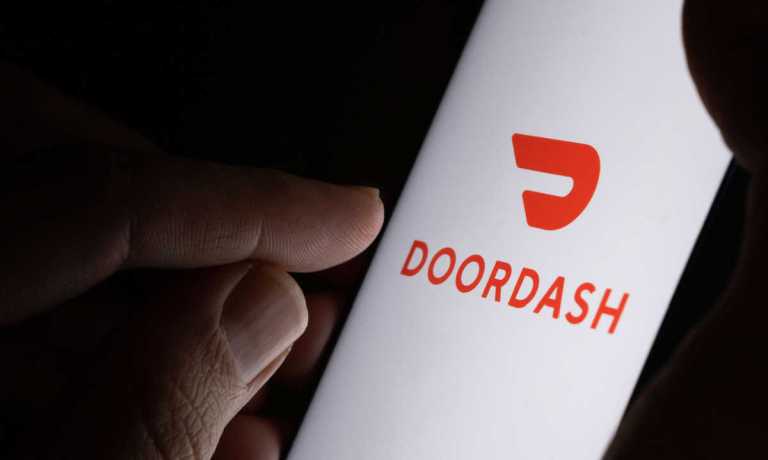
DoorDash announced Friday (Oct. 28) a partnership with home improvement and farm supplies retailer Tractor Supply Company, offering delivery from nearly 2,000 of the latter’s stores.
The move marks the aggregator’s first foray into the category and shows DoorDash expanding well beyond food delivery or even grocery and convenience, now offering on-demand delivery of items ranging from firewood to trash cans to poultry feed to machetes (though perhaps the ability to order a last-minute machete raises its own issues).
The news comes as the aggregator increasingly looks to bring more products for consumers and services for businesses under the DoorDash umbrella, creating new sources of revenue and lessening its reliance on the margin-challenged business of restaurant delivery.
By adding partners with higher average order values, delivery firms may be able to slightly improve their unit economics. Conversely, even if it turns out that there not significant demand for, say, lawn ornaments on demand, aggregators have little to lose by making the option available (aside, perhaps, from the marketing spend).
“The mission of the company is to, on one hand, build the largest local commerce marketplace, where we’re driving incremental demand to all of these retailers,” DoorDash Co-founder and CEO Tony Xu told analysts on a call in August. “And then, on the other hand, build the largest local commerce platform where we give the tools, whether it’s logistics-as-a-service in the form of DoorDash Drive or ordering-as-a-service in the form of DoorDash Storefront, to all of these retailers so that they can build their own digital operations.”
The news comes a couple months after leading grocery aggregator Instacart announced the launch of its “Big & Bulky” option for retail partners, offering delivery of items such as outdoor furniture, electronics and office supplies.
In a statement accompanying the news release, Daniel Danker, chief product officer at Instacart, made a similar move to be as general as possible when discussing the company’s mission so as to enable more goods and services to fall under the aggregator’s purview.
“As a retail enablement partner, our goal is to support retailers’ bottom lines by expanding their online catalogs through our enterprise solutions,” Danker said.
Meanwhile, Uber Eats has been delivering office supplies and beauty items. Uber, for its part, is leveraging these partnerships to drive frequency not only across its aggregator business but across all parts of its platform.
“What we’re seeing with new verticals customers is that Uber Eats customers who also order from new verticals tend to stay with us, tend to have higher frequency,” CEO Dara Khosrowshahi told analysts in August. “And it’s really a part of the power of the platform that we’re having. If you ride with us, if you eat with us, if you drink with us, if you order groceries with us, we just become an everyday part of your life.”
Certainly, consumers want to be able to get items on demand. Research from PYMNTS’ July study “ConnectedEconomy™ Monthly Report: The Rise Of The Smart Home,” which draws from surveys of nearly 2,700 U.S. consumers, finds that, in May, about 1 in 3 consumers made a purchase from a same-day delivery website such as Shipt, and the majority of them did so weekly or more.
Get your copy: The ConnectedEconomy™ Monthly Report: The Rise Of The Smart Home